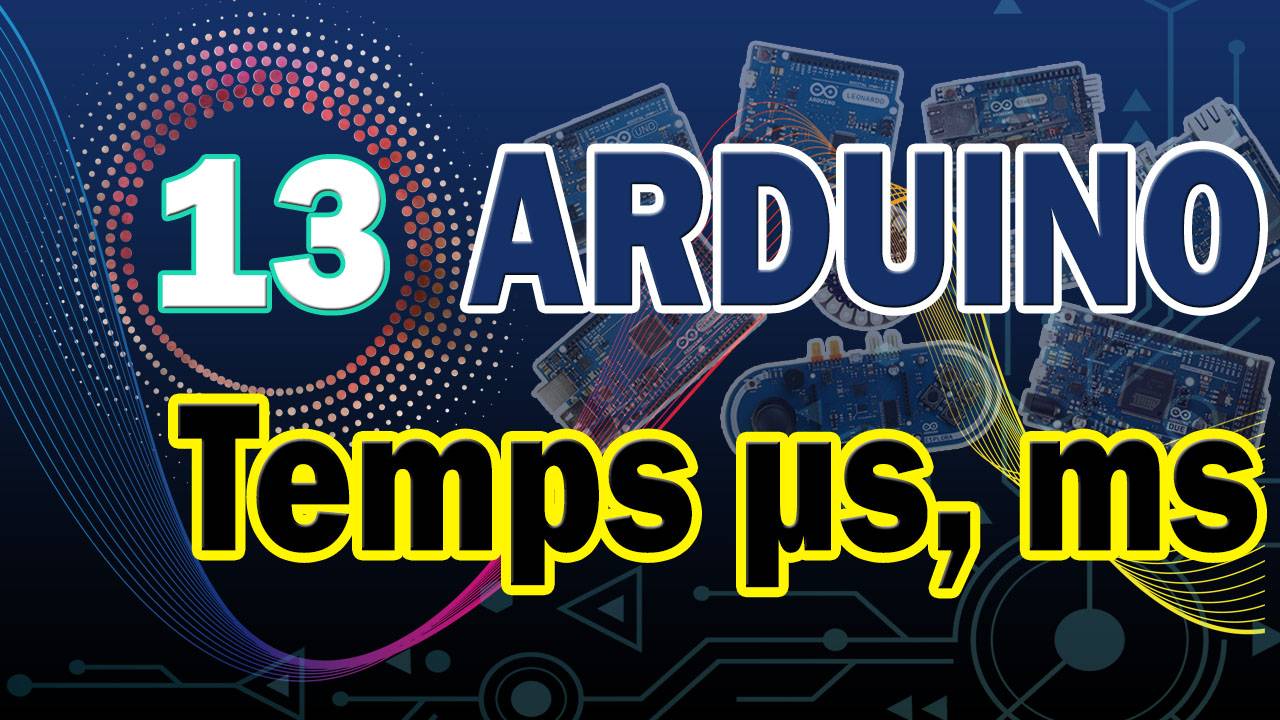Objectifs
- Retard en milliseconde/microseconde
- Exemples pratiques
- Limitation des fonctions
Retard en milliseconde: delay(NumMillSec)
Exemple 1
unsigned char count=0;
void setup() {
Serial.begin (9600);
}
void loop() {
count=count+1;
delay(500); //1 seconde
Serial.println(count);
}
Retard en microseconde: delayMicroseconds(NumMicroSec)
Exemple 2
unsigned char count=0;
void setup() {
Serial.begin (9600);
}
void loop() {
count=count+1;
for (int i=1; i<500; i++)
delayMicroseconds(1000); //1/2 seconde
Serial.println(count);
}
Limitation des fonctions
- Durée: µs (65 535, 16 bits), ms(32 bits, 4 294 967 296)
- Blocage du programme
- Temporisation logicielle (moins précise)

